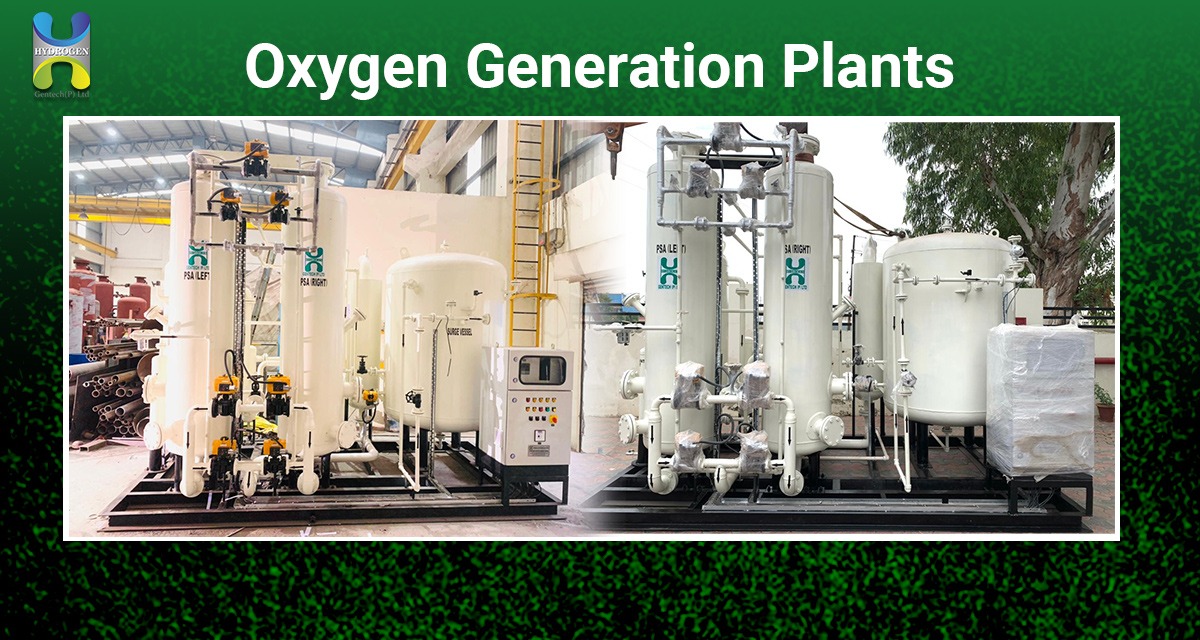
Introduction
The COVID-19 pandemic brought to the forefront a critical issue that had been previously taken for granted – the availability of medical oxygen. Hospitals and healthcare facilities worldwide faced unprecedented challenges in ensuring a continuous and reliable supply of oxygen for patients. This crisis prompted a reevaluation of oxygen generation and supply methods, leading to a growing interest in PSA (Pressure Swing Adsorption) oxygen plants. In this blog, we’ll explore how PSA oxygen plant manufacturers are revolutionizing medical oxygen supply, their significance, and the impact on healthcare infrastructure.
The Importance of Medical Oxygen
Oxygen is a fundamental element in healthcare, used in various medical procedures and treatments. Patients suffering from respiratory diseases, undergoing surgeries, or experiencing medical emergencies often rely on a consistent and high-purity oxygen supply for their well-being. The COVID-19 pandemic underscored the importance of uninterrupted oxygen access, as severe cases of the virus often lead to respiratory distress and hypoxia, necessitating oxygen therapy.
Traditional Oxygen Supply Challenges
Historically, hospitals and healthcare facilities depended on traditional methods of oxygen supply. These methods involved the transportation and storage of oxygen cylinders or liquid oxygen, which posed several challenges:
- Logistics: Oxygen cylinders needed to be regularly replaced and refilled, leading to logistical challenges, delays, and the risk of running out of supply during emergencies.
- Cost: The procurement, maintenance, and refilling of oxygen cylinders incurred significant costs for healthcare facilities.
- Supply Chain Vulnerabilities: The pandemic exposed vulnerabilities in the oxygen supply chain, including transportation disruptions and shortages.
- Storage Requirements: Storing large quantities of oxygen cylinders or liquid oxygen requires dedicated space and safety precautions.
The PSA Oxygen Plant Solution
Pressure Swing Adsorption (PSA) oxygen plants offer a more sustainable and cost-effective solution to medical oxygen supply. These plants work by separating oxygen from the surrounding air and delivering it to the hospital’s distribution system. Here’s how they function:
- Air Separation: The PSA plant draws in ambient air, which consists of approximately 78% nitrogen and 21% oxygen.
- Adsorption: Through a process called adsorption, the plant uses adsorbent materials, such as zeolite, to selectively capture nitrogen molecules, allowing oxygen to pass through.
- Oxygen Delivery: The purified oxygen is then delivered to the hospital’s pipelines, where it’s readily available for medical use.
Advantages of PSA Oxygen Plants
PSA oxygen plants offer several advantages for medical oxygen supply:
- On-Site Generation: PSA plants generate oxygen on-site, eliminating the need for frequent cylinder replacements or refills.
- Cost-Effective: Over time, PSA oxygen production proves to be more cost-effective than traditional methods.
- Reliability: These plants ensure a constant and uninterrupted oxygen supply, crucial for patient care.
- Safety: The on-site generation reduces the risks associated with storing and handling oxygen cylinders.
- Independence: Hospitals become less reliant on external oxygen suppliers, enhancing their self-sufficiency.
The Role of PSA Oxygen Plant Manufacturers
PSA oxygen plant manufacturers are at the forefront of this life-saving technology. They play a significant role in developing, manufacturing, and maintaining these essential systems.
1. Research and Development: Manufacturers invest in research and development to enhance the efficiency and reliability of PSA oxygen plants. They continuously work on improving the technology, making it more accessible and effective.
2. Customization: Manufacturers offer a range of options to meet the specific needs of medical facilities. This includes the capacity to generate oxygen, the purity level, and the adaptability to different environments.
3. Installation and Maintenance: Manufacturers provide installation services and maintenance to ensure the proper functioning of PSA oxygen plants. Regular maintenance is crucial to prevent downtime and maintain the purity of the oxygen produced.
4. Compliance: PSA oxygen plant manufacturers adhere to strict quality and safety standards to ensure that their products meet the requirements of healthcare regulations. Compliance with standards such as ISO 13485 is crucial for the medical industry.
Impact on Healthcare Infrastructure
The adoption of PSA oxygen plants has far-reaching implications for healthcare infrastructure:
- Enhanced Preparedness: Hospitals equipped with PSA plants are better prepared to handle medical emergencies, pandemics, and surges in patient admissions.
- Cost Savings: Healthcare facilities can redirect funds previously allocated for oxygen procurement and maintenance toward improving patient care and infrastructure.
- Sustainability: PSA plants align with sustainability goals by reducing the environmental footprint associated with oxygen transportation.
- Global Accessibility: The technology can benefit healthcare systems in both urban and remote areas, improving healthcare equity.
Conclusion
PSA oxygen plant manufacturers are at the forefront of revolutionizing medical oxygen supply. Their technology offers a reliable, cost-effective, and sustainable solution that enhances healthcare infrastructure’s resilience and preparedness. As the world navigates the challenges of healthcare delivery, PSA oxygen plants play a pivotal role in ensuring that no patient goes without the life-saving oxygen they need, especially during times of crisis.

